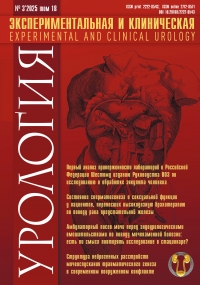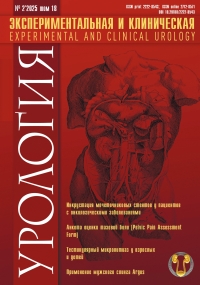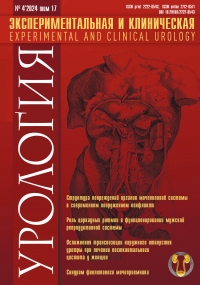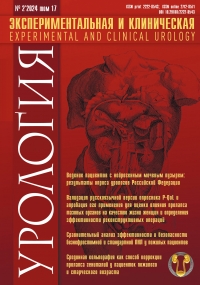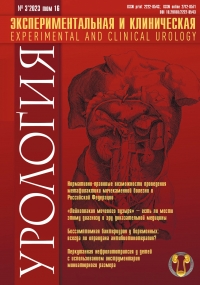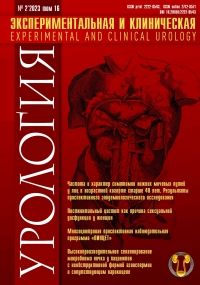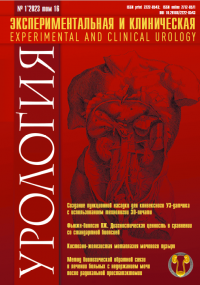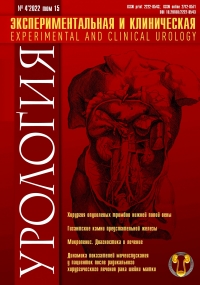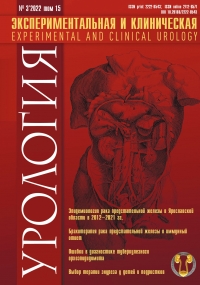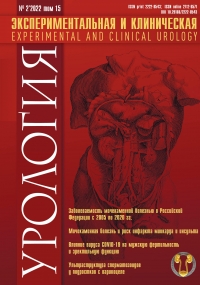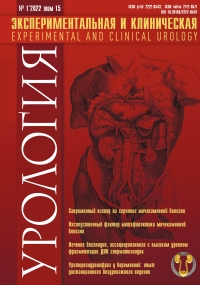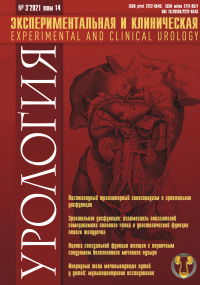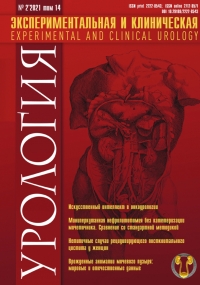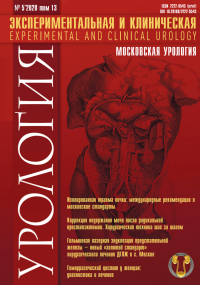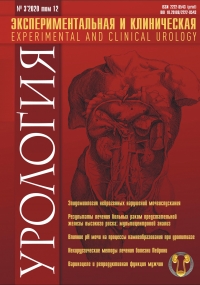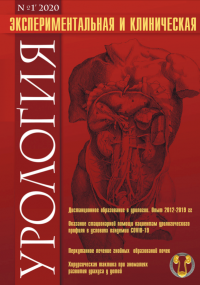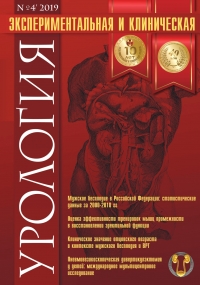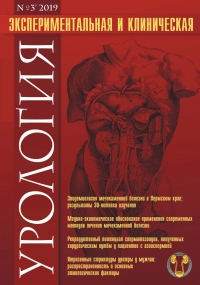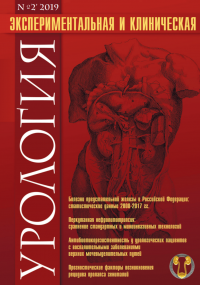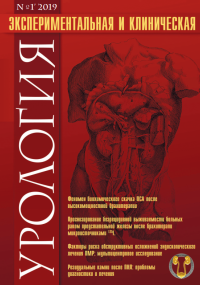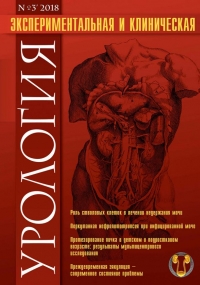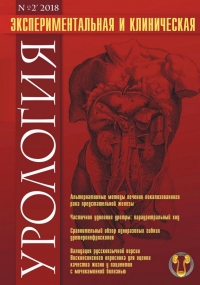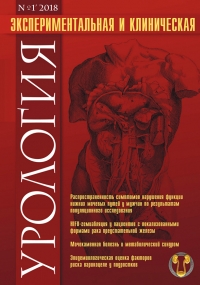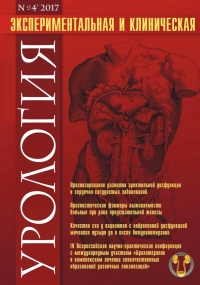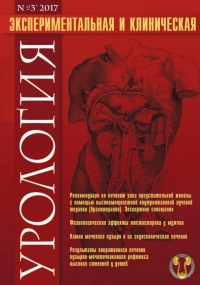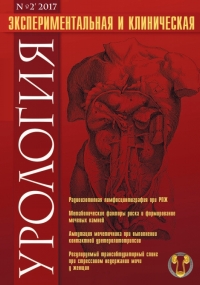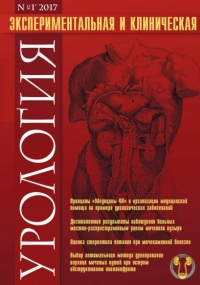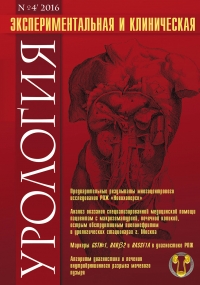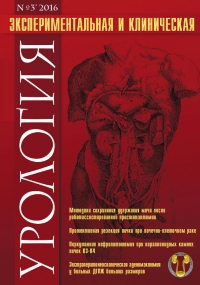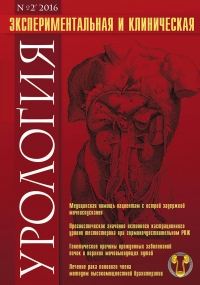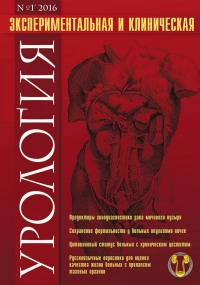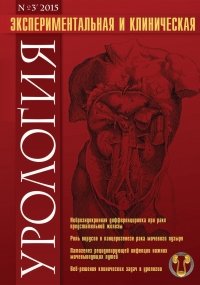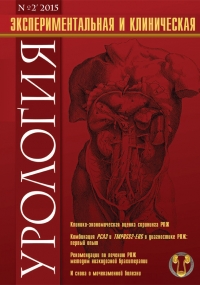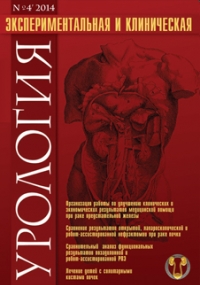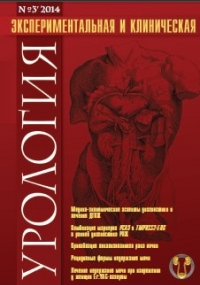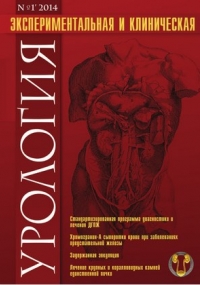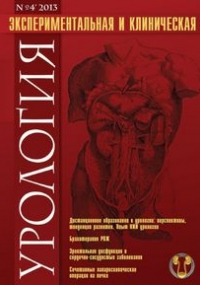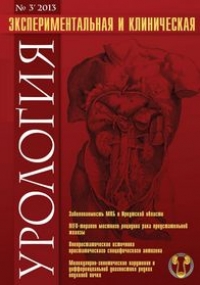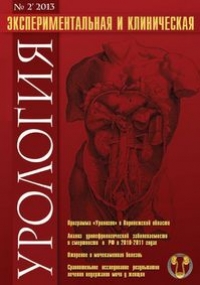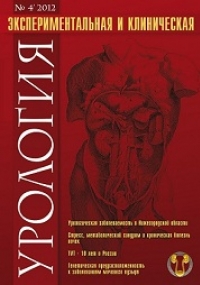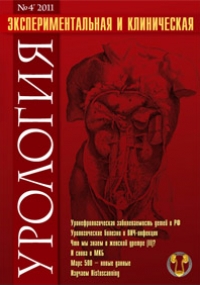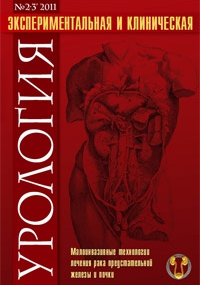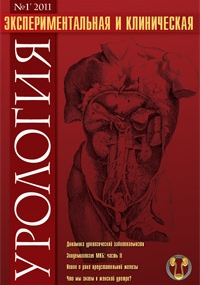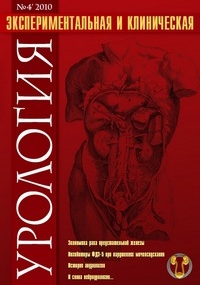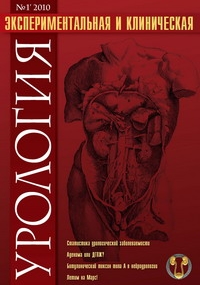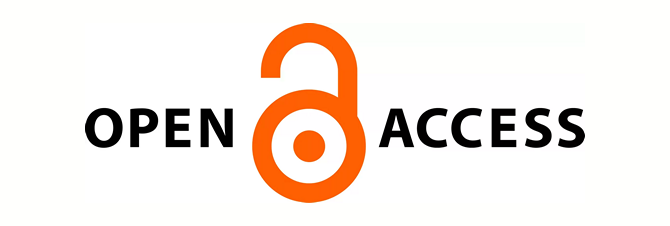Creating of the authentic model of human renal collecting system for training percutaneous nephrolithotomy acces in cases of complex kidney stones
 2069
2069 Purpose. The objective was to develop an anatomically rate, nonbiologic, cost-effective model of renal collecting system and upper segment of ureter for training PCNL access under fluoroscopic guidance in cases of complex kidney stones.
Methods: Patients with complex kidney stones underwent computed tomography with enhancing. Then their images of a collecting systems and upper segments of ureter were extracted from DICOM and reformatted to STL using specialized software and printed in a water-soluble plastic on a three-dimensional (3D) printer to create anatomically accurate human renal collecting system. Obtained models were embedded in silicone and then the models were removed to leave a hollow collecting system within a silicone model. Before patients operation these PCNL models were filled with contrast medium and sealed for training PCNL access under fluoroscopic guidance.
Results: Anatomically accurate human renal collecting system models are useful complement in planning PCNL access. The PCNL access training model reproduces variety, complexity, individual features and anatomically accurate of human collecting systems. In this model PCNL access under fluoroscopic guidance of needed calix can be practiced successfully.
Conclusions: Application of this silicone PCNL training model provides better understanding of collecting system and serves as training model for PCNL access under fluoroscopic guidance. In addition experience obtained by a surgeon may increase accuracy, efficiency and safety of PCNL access
Authors declare lack of the possible conflicts of interests.
| Attachment | Size |
|---|---|
| Download | 535.64 KB |


